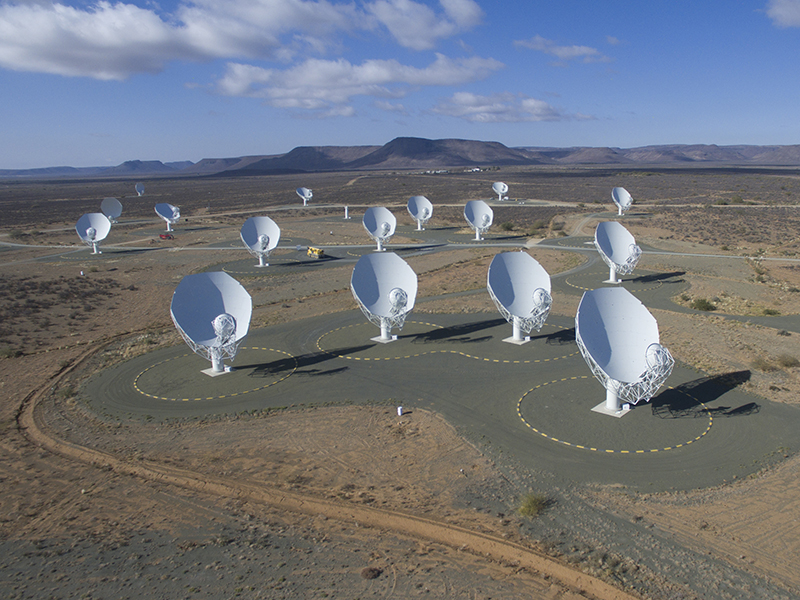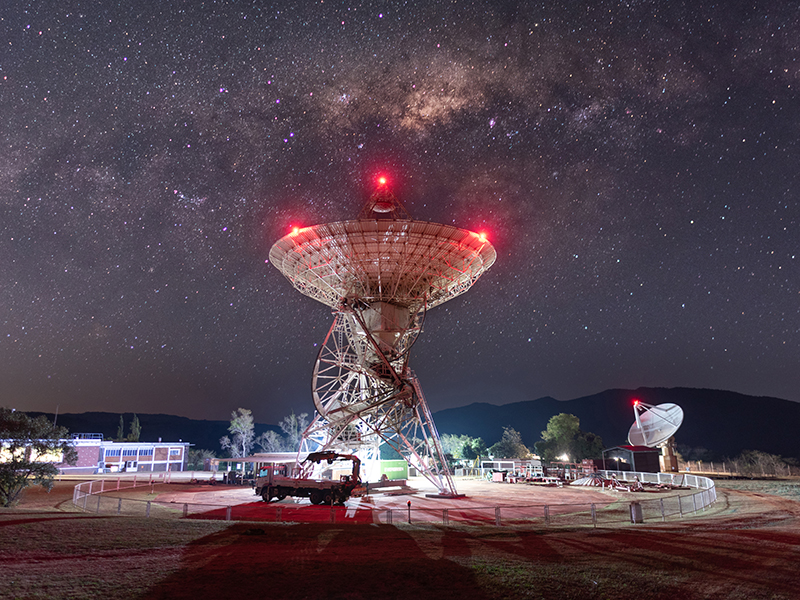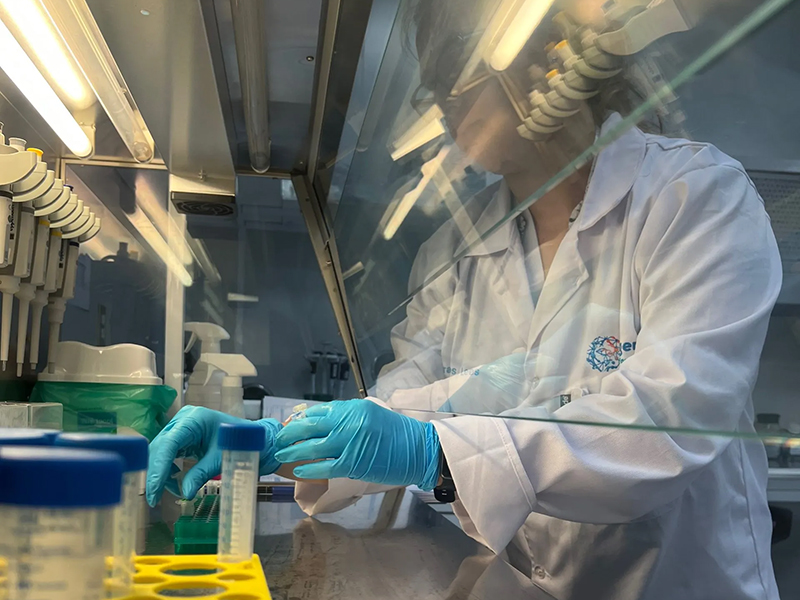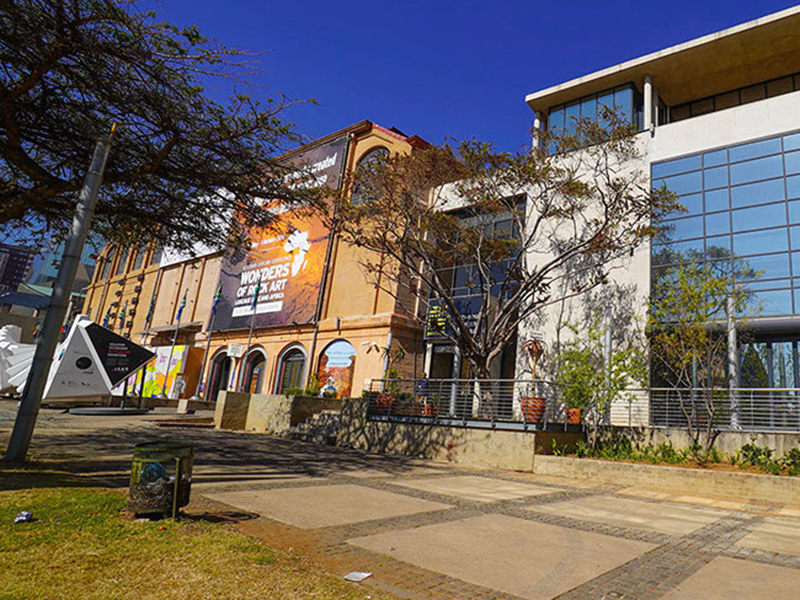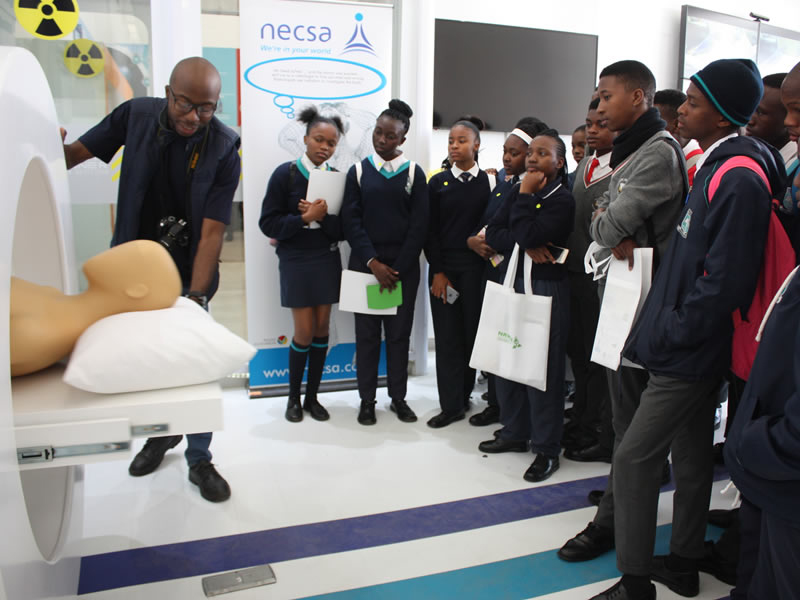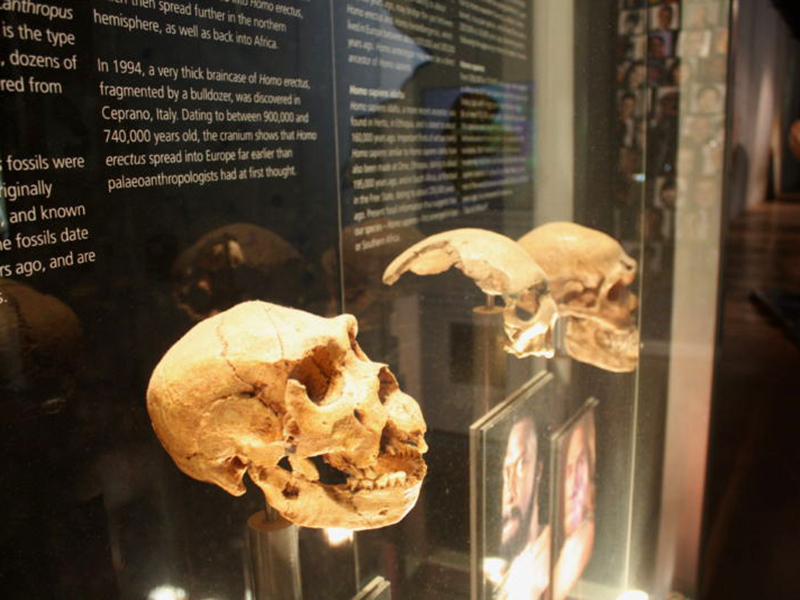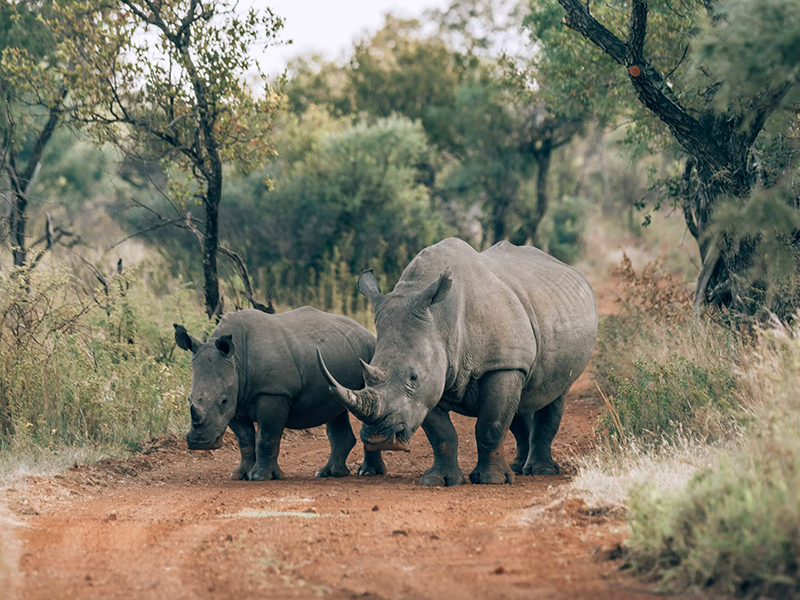FIELD TRIPS
South Africa has a wealth of policy advisory bodies, funding agencies, higher education institutions, science and technology performing institutions which paints our country’s collective efforts towards fostering technological innovation. Institutions that are well positioned to provide field trips, scientific tours and engagements during the WCSJ 2025.
The Organising Committee will be putting together exciting field trips that can be taken prior to, and after, the conference. Herewith a taste of the possibilities with more to follow in subsequent newsletters (details will be released once the programme has been finalised and registration opens).

